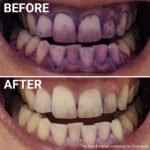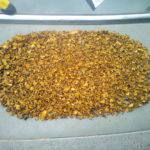
In this blog Carly Ross takes a look at a review assessing the association between social isolation and oral health in adults. The findings suggested no strong association however, only 4 studies were included and these were of limited quality.
[read the full story...]






